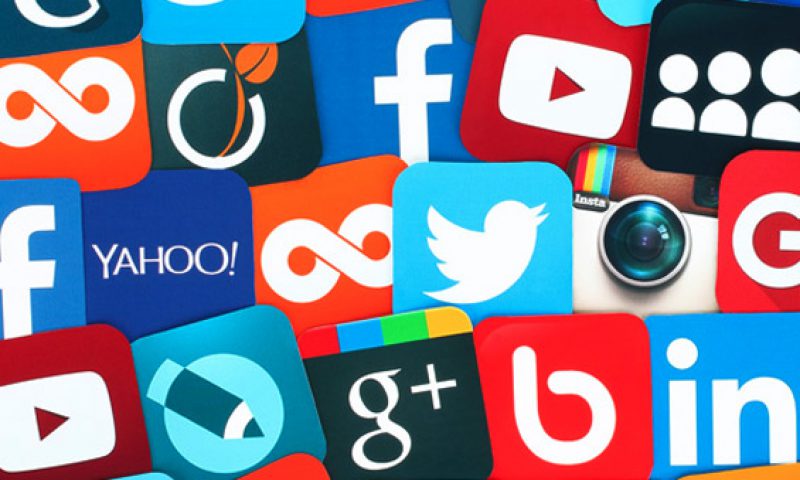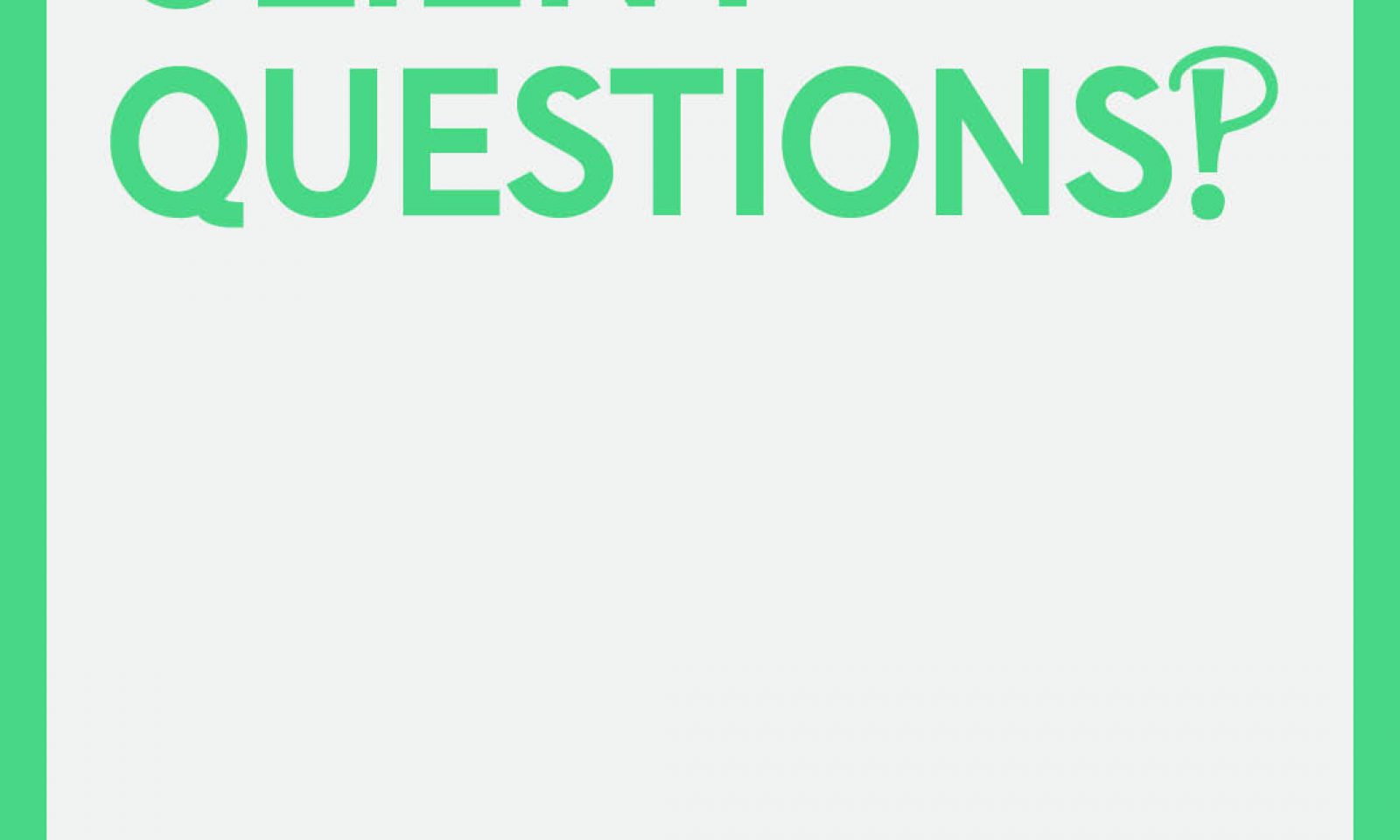
Client Question: What is tone of voice?
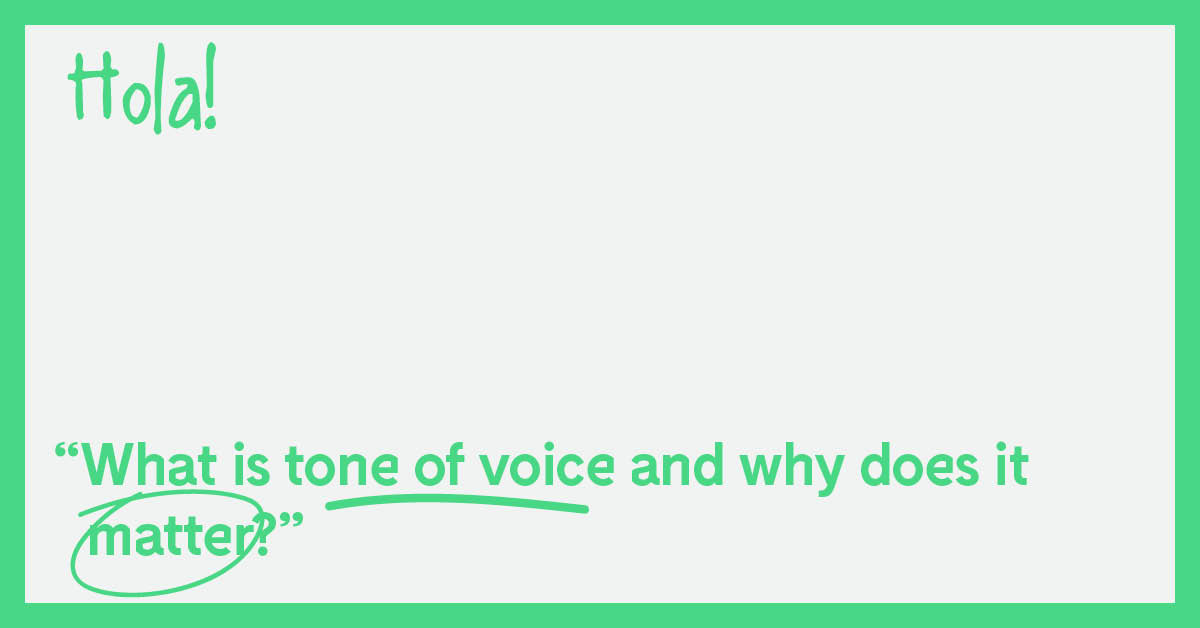
What is tone of voice?
Behind the veil of branding mystique, tone of voice is exactly what it says on the tin. It’s an understanding that it’s not what you say, rather the way in which you say it that matters the most. Tone of voice is the difference between brilliant and boring, comprehensible and enjoyable, smart sarcasm and tasteless gags. It holds so much potential and power, yet time and time again I see big brands speaking to potential customers in a manner that could only be described as tone deaf. Tone of voice is branding’s sad, forlorn cousin, so often overlooked for more glamorous activities like visual rebrands or experiential concepts. It’s simple, yet requires thinking through a different lens – less nameless entities, more humanised organisations with distinct traits and personalities.

MailChimp tone of voice guidelines
Still don’t get it. What do you mean?
Let me break it down a little further. Just like in our personal lives, voice is the character and personality that powers the way in which we communicate. It impacts the language you choose, influencing use of humour, colloquialisms or literary devices like similes or metaphors. Voice should be clearly defined and bespoke to your brand – maybe it’s casual and friendly, maybe it’s sharp and authoritative. What’s right for one is not necessarily right for another.
Tone is the injection of subtle nuance that lies in a true understanding of an audience, situation or circumstance. It’s about context, knowing when and how to dial up particular elements of the brand’s personality to ensure the message resonates.
Think about it from your own perspective for a moment. You’re going to use a very particular tone to speak amongst friends at 2am on a Friday morning, and it’s going to be in stark contrast to the way in which you address the Board of Directors the following Monday morning. But throughout both, your “voice” (namely your personality and values) should remain the same. It’s about understanding the best way to address an audience whilst staying true to the essence of your brand.
Sounds great on paper but what does tone of voice look like in action? Let’s take the example of an airline brand looking to craft a short advert for flights to Spain. There’s so many different ways to communicate this simple message –
- Buy flights to Spain now
- Hola! Our deals are hot, hot, hot! Grab yours now!!
- Waking up in heaven is just one click away
- Revel in aviation excellence with Premier Airlines
- Mondays suck. Make the next one great with Premier Airlines
No matter when or where, it’s about conveying a tone of voice that’s true to your brand. It should naturally fall out of your values, reinforce everything you stands for – your mission, beliefs and ultimately, your promise to your customer or consumer. You can’t just copy another brand’s tone of voice – just because you heard that Innocent do a stellar job, it doesn’t mean that playful irreverence is the right fit for your brand or industry.
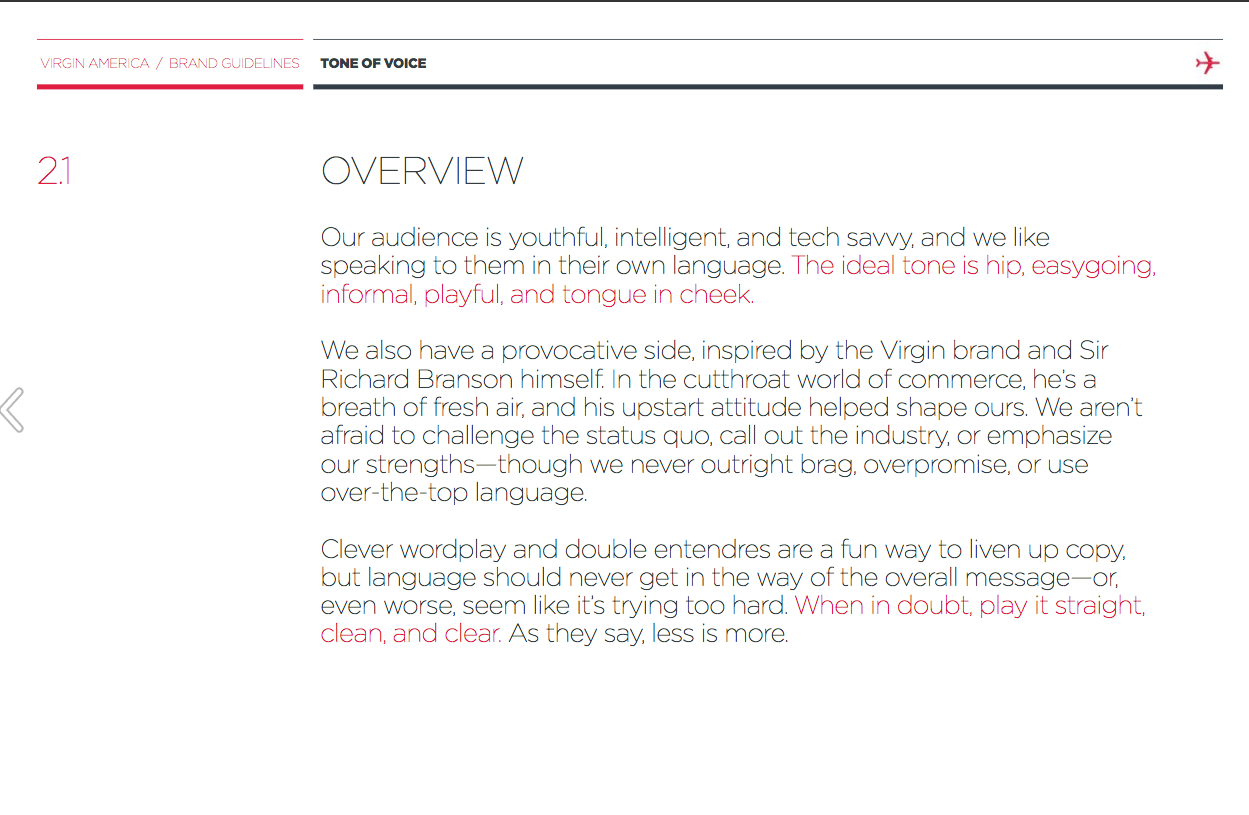
Virgin America tone of voice guidelines
But why does tone of voice matter?
Society has us programmed to search for tone from birth – it’s done without thought or deliberation. Way back in 1967, Albert Mehrabian set the world on fire with his “7%-38%-55%” rule (pretty catchy name, right?) determining that communication is made up of three parts, each with their own level of importance:
- The actual words you use (7%)
- The tone of delivery (38%)
- The body language accompanying your words (55%)
Then there’s a pretty famous Nietzsche quote “we often refuse to accept an idea merely because the tone of voice in which it has been expressed is unsympathetic to us.” And from personal experience he couldn’t be more right. We’re all experienced this. Maybe it was a parent, a teacher, a boss or a partner. Perhaps it was a compliment laced with sarcasm or a request barked as an order. Either way delivery and tone have a huge impact upon the way in which we digest information. And with brands it is no different. As we urge our customers and potential clients to take action, there needs to be some thought given to the way in which we do it.
Why tone of voice is important to brands
It differentiates
Polluted with a barrage of advertising messages on a daily basis, we’ve become so adept at blocking out and ignoring the irrelevant. With very little investment, tone of voice gives brands an opportunity to cut through, surprise and engage in a way that’s much more meaningful. It’s also a platform to clearly differentiate from the competition, communicating the values and attributes that set your brand apart.
It shows empathy and builds an emotional connection
It’s not always about the words that we hear, rather the way in which they make us feel that matter the most. Emotion is what consumers will remember long after they engage with your brand. The right tone of voice can make a customer feel understood, appreciated and respected. It builds empathy and a relationship with the potential to go way beyond logic or rational thinking – and as a brand that’s exactly where you want to sit.
It improves the user journey
Letting personality shine through results in a much richer, more engaging user journey. From packaging to websites, events and advertising campaigns, the more authentic your messages are, the longer consumers will engage with them. And when messages are packed with personality and meaning, you’ll need less of them.
It builds trust and drives business
A consistent tone of voice paints a better picture of your brand in a consumer’s mind – your values, positioning and attributes. And unexciting as it may be, over time consistency builds trust. Trust is the magic ingredient that embeds you deep in the psyche of the consumer, ensuring they’re inexplicably tied to your brand no matter what.
SOFIE ROONEY, BRAND STRATEGIST
Sofie’s obsessed with what makes brands tick – a desire to uncover the little nuances that make them unique. Having worked client and agency side at home and abroad, she’s delighted to bring her strategic skills to brands like Drover Foods, Franciscan Well, Slane Irish Whiskey and Adare Manor over her two years with Neworld. Whether it’s brand development workshops, qualitative research, developing tone of voice or copywriting, Sofie looks forward to collaborating with many more Irish brands!
Keep Reading
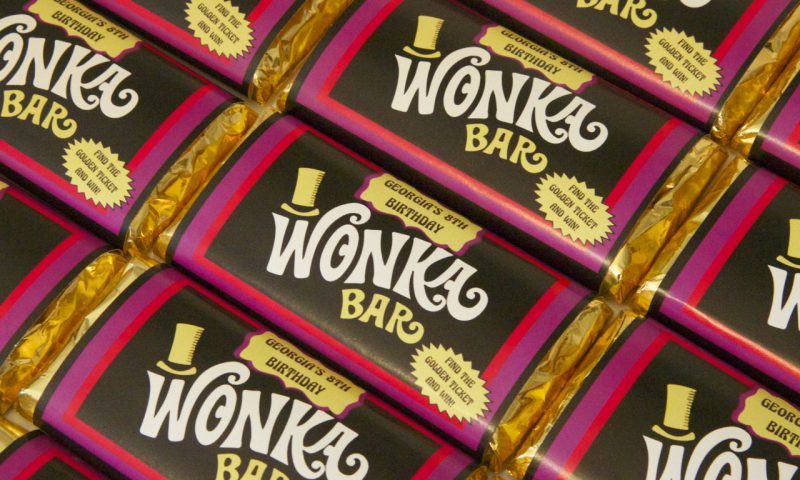
The Top 6 Greatest Fictional Brands
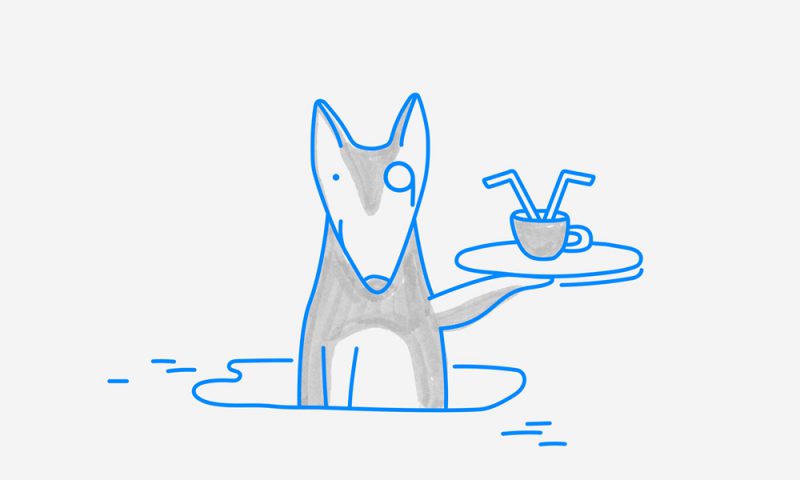
Design that’s set tails wagging
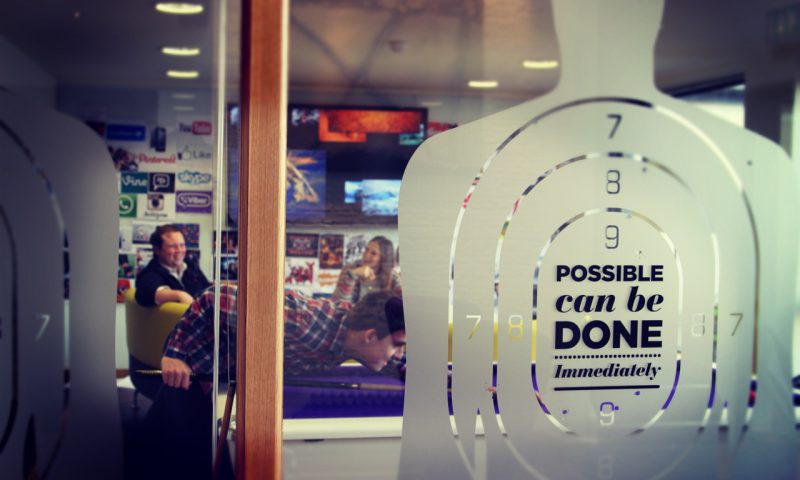
We’re hiring!
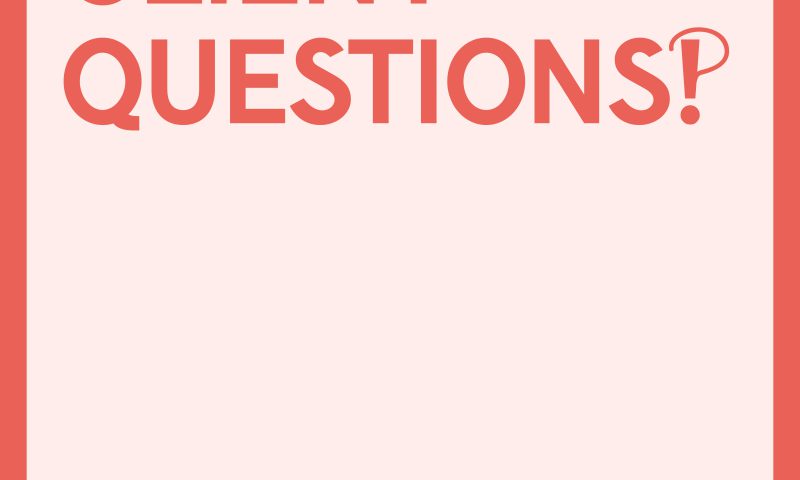
Client Question: What makes a brilliant packaging design...

Four unexpected consequences of GDPR
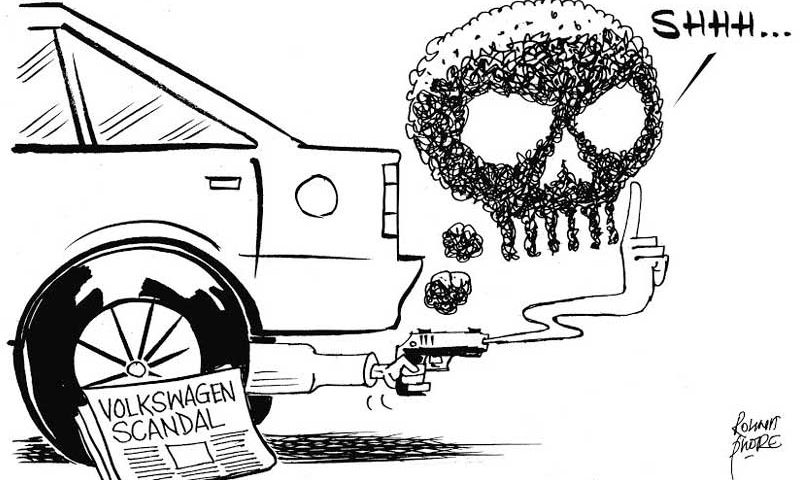
5 common mistakes we see brands make

Client Question: How do you assess category cues and how...

Hoteliers – the right brand partners with the right...

The Interview Questions – continued from last month
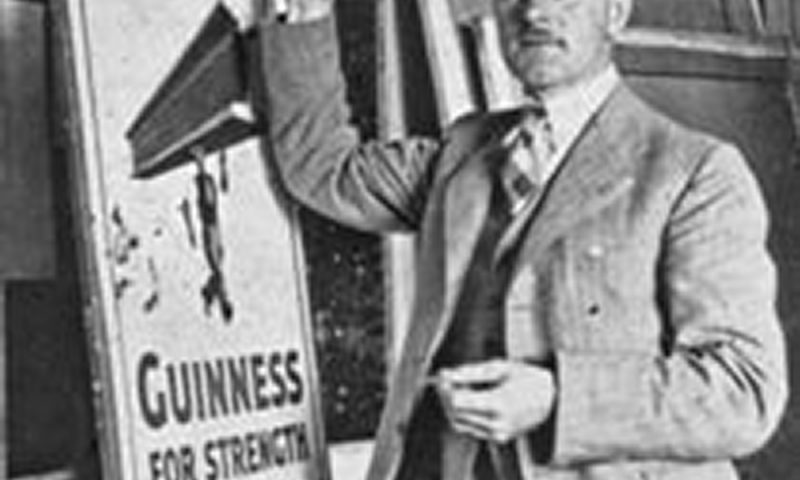
John Gilroy for Guinness: Four Corners and Some Vision
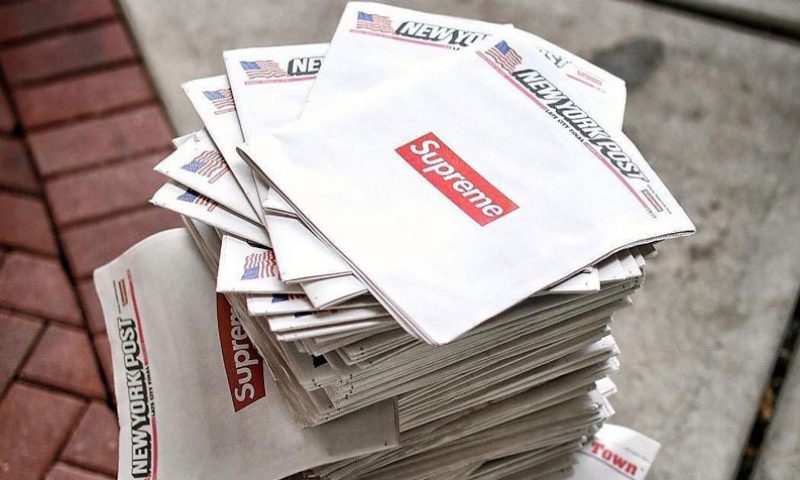
A Love Supreme

5 characteristics of successful businesses
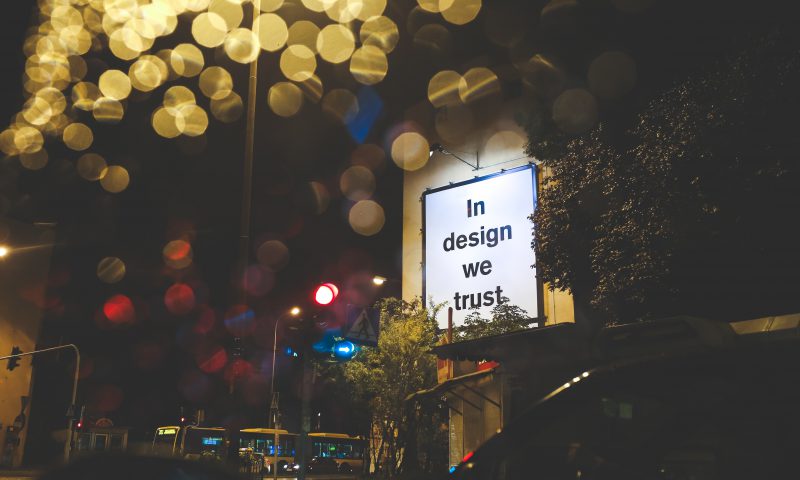
Why become a packaging designer?
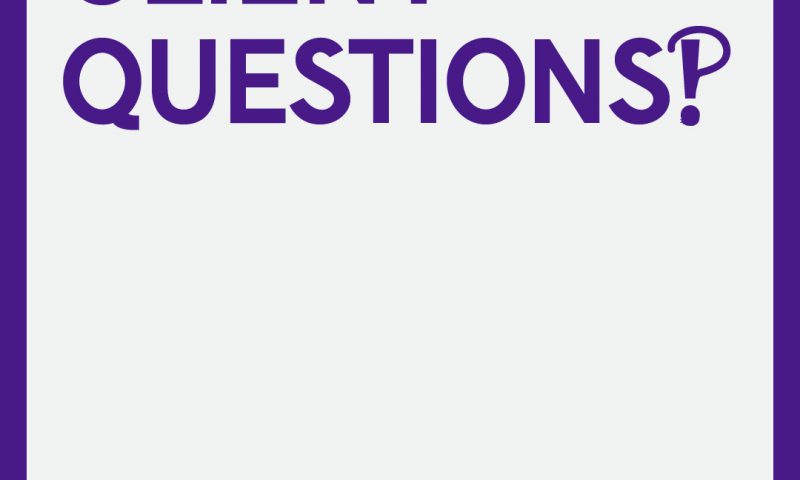
Client Question: Are brand guidelines important?

Branding gets spiritual

Top Five Flicks for Designers

A Creative Journey: Evolution of a Painting

Using the right colour in the right way
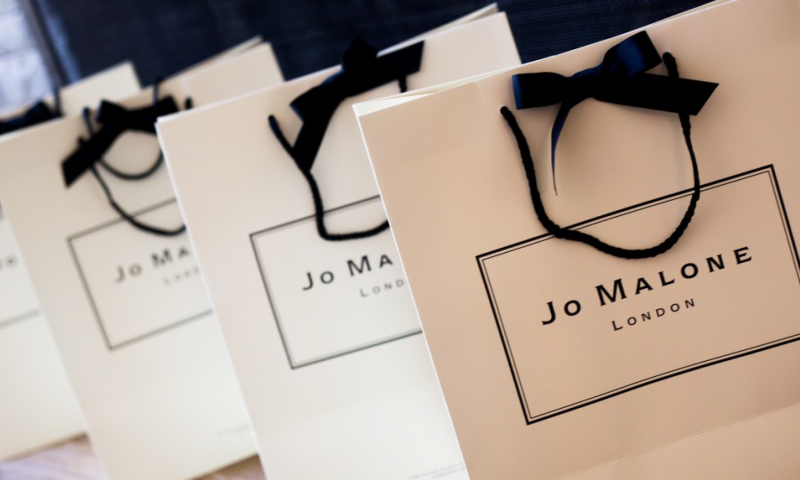
How to build your brand’s image through merchandise
